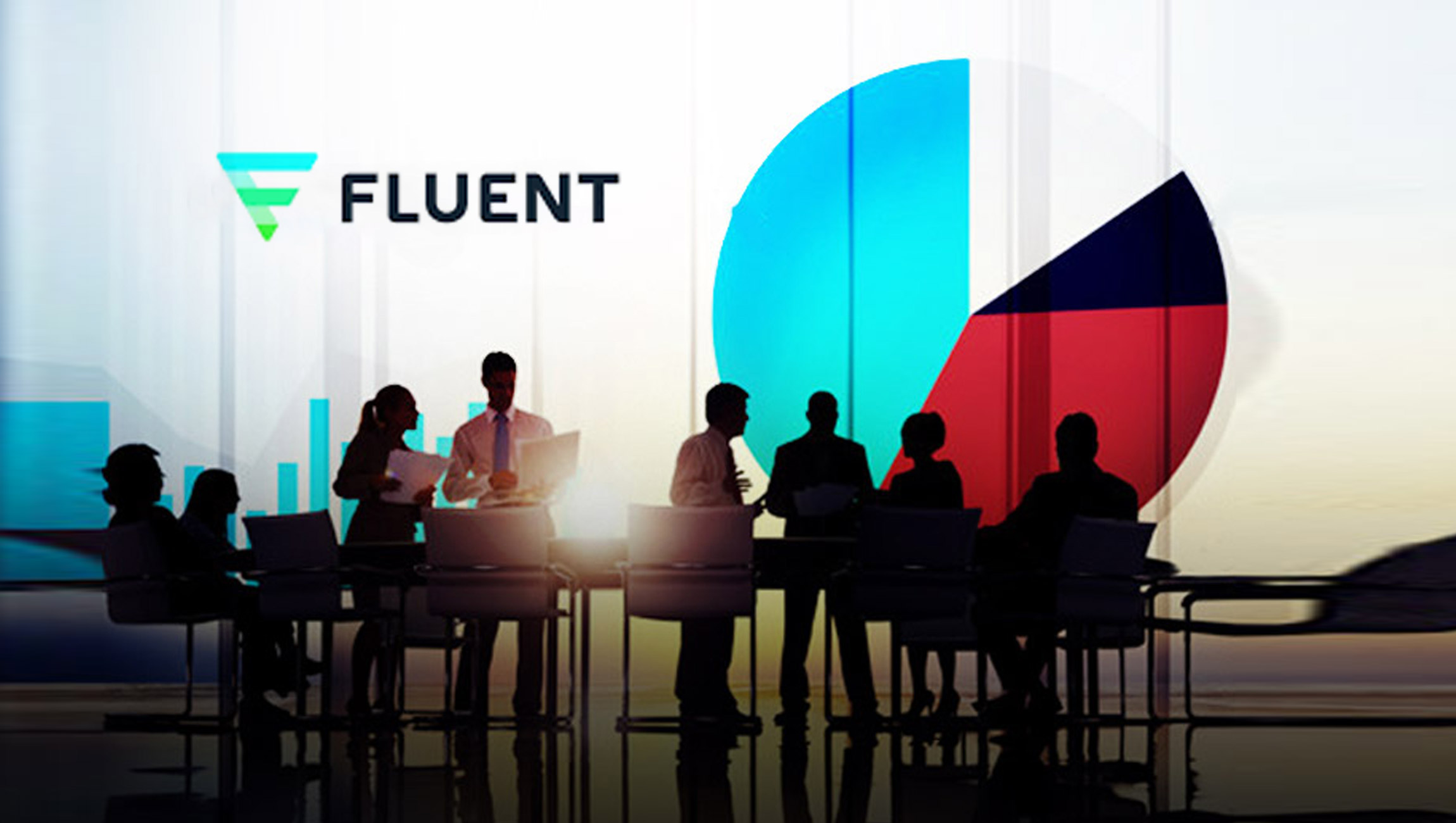In January Meta was fined $400 million by the EU, adding itself to the growing list of companies being issued massive fines for data compliance breaches. With penalties persisting, AdTech enterprise concerns only heighten, as the priority for determining a secure process for analyzing confidential and sensitive data sets – without compromising the integrity of each set – is top of mind.
Data Clean Rooms (DCR) are an investment that could solve this looming compliance issue. A Data Clean Room is a secure, protected environment that enables two or more parties to bring data together for joint analysis with privacy, security, and governance rules in place. Secure means that there are at least some industry-standard security measures in place to maintain the confidentiality of all data assets added to the environment. In AdTech, a publisher or data provider leverages a DCR to collaborate with a direct client by combining, comparing, or modeling data across two or more datasets.
While DCRs provide a probable solution to this probing issue, many popular providers involve manual processing and human interaction, leaving datasets you want to collaborate on with partners only encrypted at rest and in transit. It must be decrypted manually to be used, processed, or modeled, leaving room for that data to be exposed.
Due to the potential exposure, Adtech professionals can find themselves hesitant to share data with DCRs providers, as they are concerned about the privacy and security of customers’ data, but there are some DCR solutions that allow data to be encrypted throughout its lifecycle, leaving zero room for that sensitive data to be accessed manually, at any point.
Marketing Technology News: Creating a Personalized Customer Journey
Here are the top five questions that you need to ask a DCR provider before sharing your next dataset:
1. Who is your cleanroom designed for?
Some clean rooms come with a ready-to-use dashboard for marketers, often with pre-packaged use cases for non-coders, while some require more advanced coding skills necessitating a need for data scientists and extra technical support.
With a DCR that is cloud-native, it will install directly into the hardware that is supporting your cloud environment. This will unlock any privacy-enhancing features that may not have been previously available and allow for fast-scaling encryption at rest, in transit, and in use. It also eliminates the need for any extra technical support or advanced data scientist capabilities.
2. How is your cleanroom privacy safe?
It is imperative you are asking questions that pertain to the security of your data throughout its entire lifecycle in the cleanroom. While most DCRs would claim that they are privacy-by-design, there are different levels of data security applied that are specifically identified. Some cleanrooms only provide computation capability and leave data security to the data warehouse.
A completely secure DCR enables encryption throughout its entire lifecycle, without compromising your ability to gain enhanced insights from the datasets themselves. With other DCR providers, datasets you want to collaborate on with partners can be encrypted at rest and in transit but must be decrypted manually to be used, processed, or modeled.
3. What control do I, as the client, have over the data?
Some DCR providers limit access to SQL instructions or require clients to use their own query languages in order to access or control parts of their data, limiting their ability to have control or knowledge of how their data is being utilized.
It is important that a DCR allows for a client to drive the bus – ensuring that they have multi-level permission controls that maintain complete encryption security but do not limit discovery, allowing clients to have control over not only how the data is being accessed but also ensure all output remains as property of the client.
4. Does your cleanroom integrate with other partners?
By definition, DCRs enable different parties to join their data for specific use cases under permissions. Generally speaking, all parties need to enter into agreements with one another to allow specific data sharing, but not all DCRs maintain a high level of confidentiality.
In order to ensure complete security without limiting discovery, the DCR you choose must be able to accept encrypted datasets from multiple partners and combine them with each other within a secure enclave in the cloud framework. Once the DDR fully encrypts the output assets, it must ensure that those assets remain in individual clients’ control and are released only under the client’s direction.
Marketing Technology News: MarTech Interview with Anudit Vikram, Chief Product Officer at Intentsify
5. How do third-party integrations benefit my insights?
When combining data in this type of environment, marketers can gain great insight such as consolidating first-party data to enhance the customer experience, measuring campaign exposure or effectiveness, facilitating data matching for targeting, and much more.
DCRs, that maintain encryption in use, can hold and process encrypted data while keeping it private, leading to rich additional data points from previously siloed datasets, and enabling new and higher-quality insights.
When facilitated in this safe environment, that does not take advantage of customer data, marketers can gain unmatched insights that were never possible before without leveraging some part of their customer’s trust and security.











